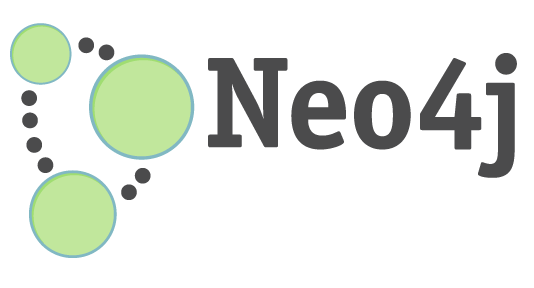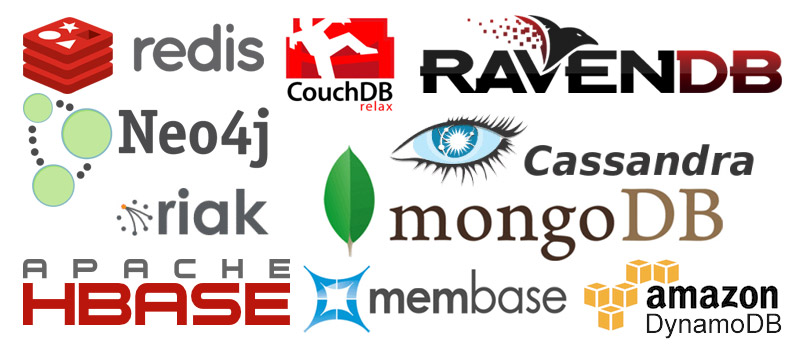
So far I’ve covered key-value, document and column-family databases. All that’s left now are graph databases. However surprisingly, they’re nothing like what I’ve covered so far. They’re used in completely different scenarios to other NoSQL stores and are also structured like no other database out there.
When thinking about graph databases you can almost forget about everything you know about NoSQL. You can forget about tables, columns, rows, aggregates. Instead you need to know about entities aka nodes, edges aka relationships and properties. Common graph databases include Neo4J, Infinite Graph, OrientDB, FlockDB. In this article I am going to be focusing on the most popular of the bunch, Neo4J.
Graph database are commonly used in the social scene. Their main goal is to map huge amounts of data and to find patterns in data. For example this could be to find people you may know based on who your friends know or to finds bands you might like, based on who your friends like.
